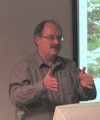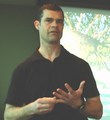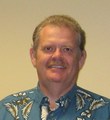Water Sustainability Action Plan funders laud value of Water Bucket website

The Water Bucket Website Partnership reports a 45% increase in user visits after two years of Google Analytics monitoring. The rolling 6-month average exceeds 4000 visits per month. “We attribute this large jump to the cumulative enhancements that the partnership has been systematically implementing,” stated Mike Tanner.










